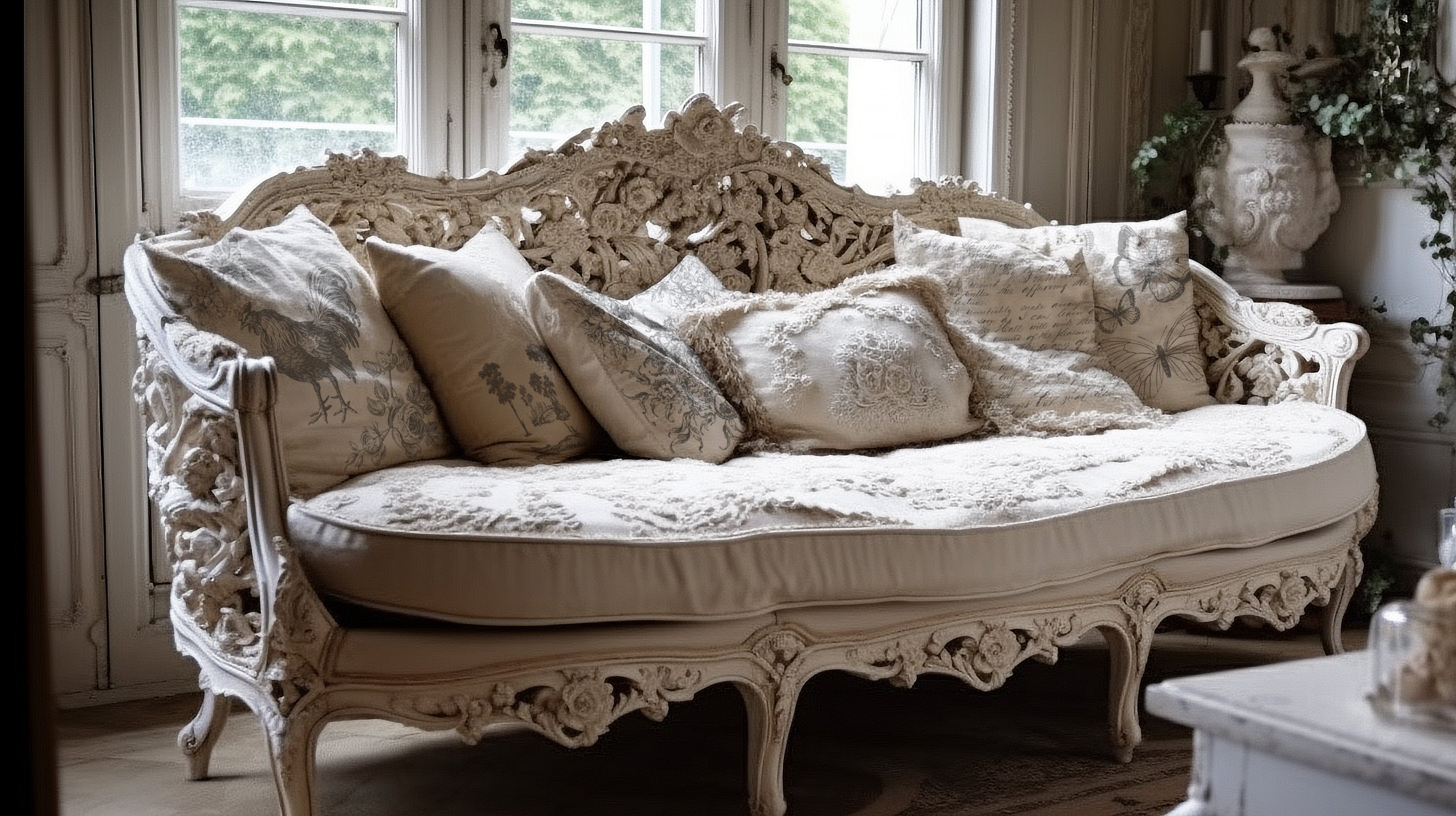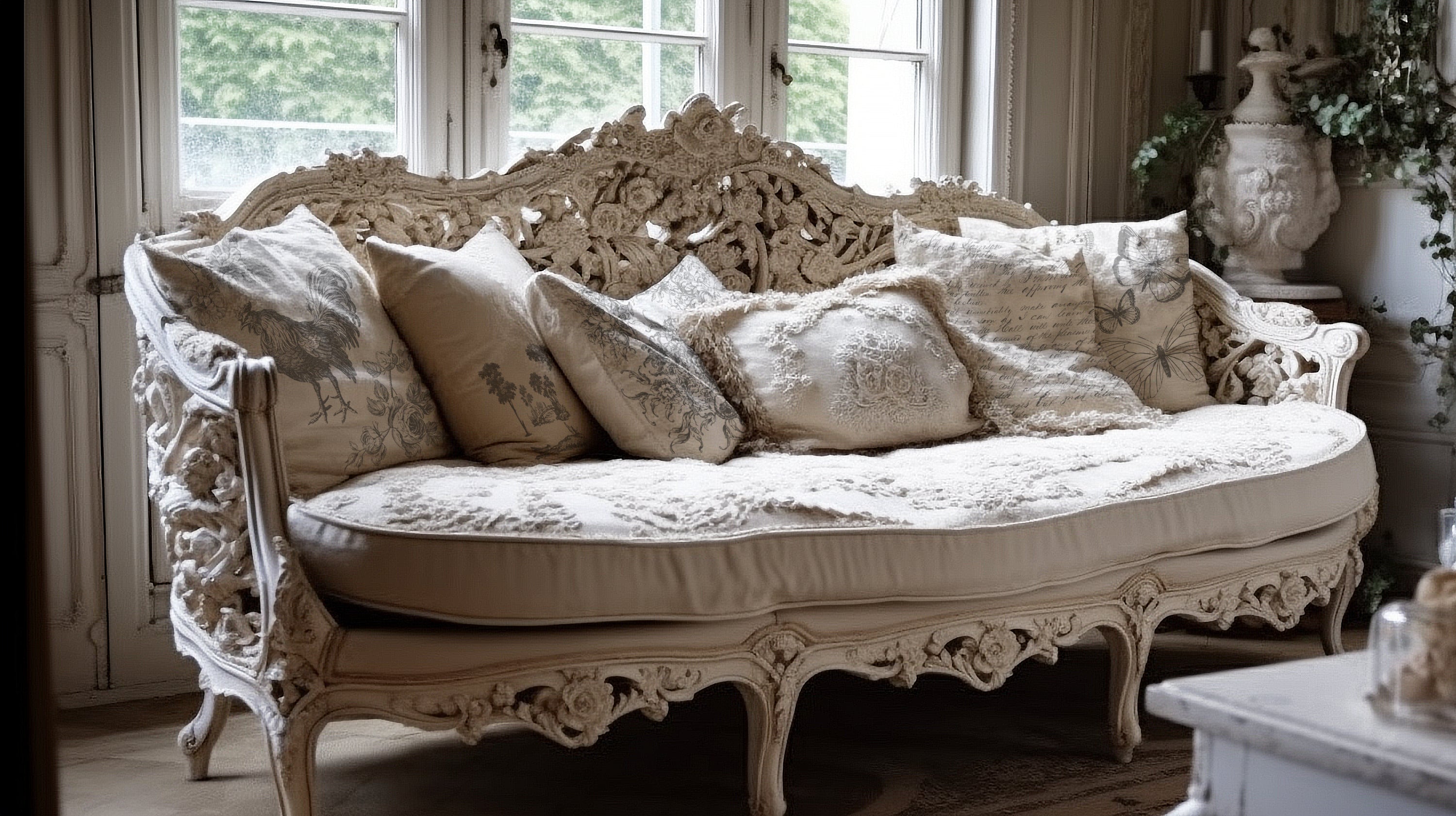MASKING
After you’ve gotten a feel for stamping (remember - “commit, don’t shift” and PRACTICE) and you’re ready to take it to the next level - learn how to mask.
The purpose of masking is to create visual layers on your project without disrupting or muddying the original stamped image. The mask covers and protects the stamped image so that no impression is made on top of it with overlapping stamps. This keeps your designs crisp and clear.
Masking creates the impression of a foreground and a background on your projects.
You can make you own masks by stamping a piece of paper with the stamp you want to
use and then cutting it out along the edge of the design. Or you can use the pre-cut reusable plastic masks included with our 2020 stamps releases. You just need to separate each mask from the sheet by gently separating along the perforated lines.
Before masking, you want to make sure your initial stamped image is dry otherwise you
will smudge it when you lay the mask down. Unsealed surfaces are porous and will have a relatively quick drying time. But if you’re stamping on a sealed surface, you’ll want to wait longer to allow for adequate drying before
masking.
To mask, simply line up the mask with the stamped design, laying it on top to protect the image. Then you can continue stamping the next layer.
When planning a project that uses masking, you need to think in reverse order. This
means stamping what you want to be in ‘front,’ or in the foreground, first. Background, or images that appear in the under layers, are stamped last when you mask.
Other advanced techniques that you can use with stamps are the Batik technique, wet-on-wet flooding, dip pens and more. We show you how to do each one in detail in this tutorial.
CREATING TEXTURE WITH PAINT
This technique creates a plastered finish. In addition to an IOD stamp, you’ll also
need chalk or mineral-type paint and a rubber spatula or spreader.
Spread an even, thick layer of paint on the surface of your project. Then allow the
paint to set up just enough to maintain some structure, but not fully dry. When
stamping, use a bit more pressure than you normally would to stamp to create an
impression.
Once dry, you can color wash or even layer on and scrape off a different color paint
to accent the stamp impression.
CLAY IMPRESSIONS
Roll out an even slab of IOD Air Dry Clay to your desired thickness. Press the stamp
design into the surface, again applying more pressure than usual to make sure all the stamp details are pushed into the clay. Remove the stamp.
To make the impression look less puffed up and pillow-y, lay a thin mount on top
of the impression and gently apply even pressure to smooth the surface of the clay.
Let dry and apply a color wash to make the impression pop!
To see this technique in action, check out this tutorial.
DO YOU HAVE MORE QUESTIONS ABOUT HOW TO USE IOD STAMPS?
Reach out to your local stockist as they’re happy to help and show you, hand-over-hand, all the techniques shared here.
To find the stockist near you, use our store locator by clicking here. Or, if you prefer to shop online, you can find an online stockists by clicking here. You can also use our customer service contact form and we’ll get back to you lickity-split.

